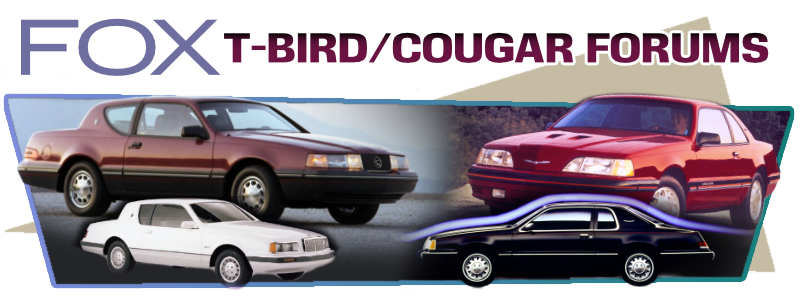New car...

Reply #15 –
Thanks again for the comments everyone! I'm glad you guys enjoyed my storytelling. No plans for the Cougar. I think I would like to keep it as stock as possible. I already have my 86 Cougar that I swapped a 2.3T into so that should keep my satisfied.
I have heard that the Quad 4 W41 engines are pretty awesome in these cars, but I think if I ever did so an engine swap it would have to be a Supercharged 3800. I've always loved GTPs so it only makes sense.
I plan on keeping the Fiero just so I dont have to drive the Cougar on a regular basis. I will try to get some pics of the Cougar in the daylight in the next few days too.
Ed
 Topic: New car... (Read 3863 times)
previous topic - next topic
Topic: New car... (Read 3863 times)
previous topic - next topic
